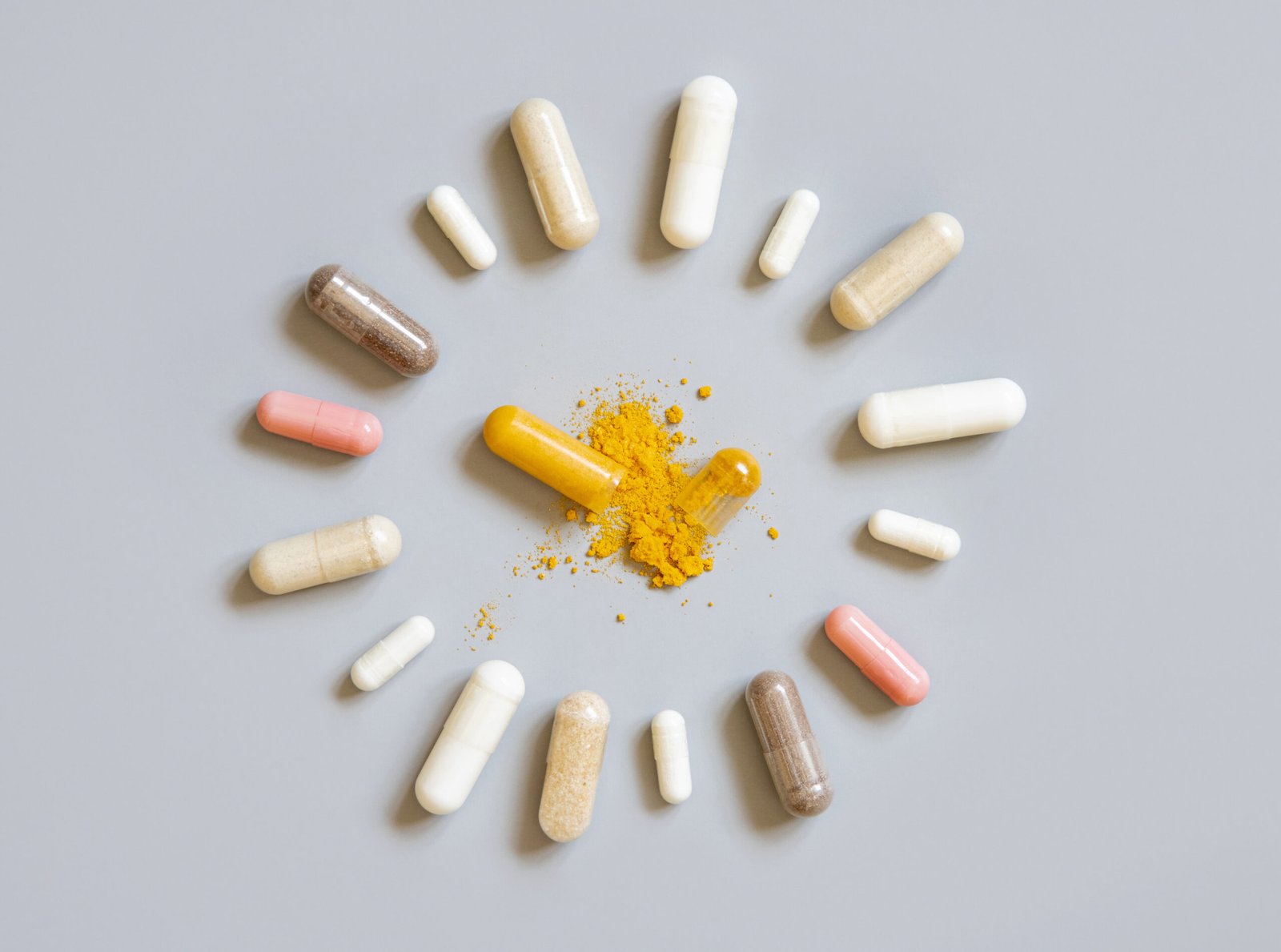Children’s dental health in new york :

All patients should visit the dentist for preventive care by age one. These appointments are check-ups, cleaning, application of sealants, and use of fluoride. The terms ‘dental caries’ and ‘tooth decay are quite interchangeable as in both cases they refer to the process that results in cavities. A cavity is defined as a minor hollow that is caused within the tooth structure and this is serious since it can cause tooth loss. Fluoride treatment is the application of the active compound known as Fluoride by a dentist or by a medical care provider for caries prevention.
Urgent Dental Care in New York, NY:

- Root canal treatment
- Same-day tooth extractions
- Tooth contouring
- Orthodontics for crowding teeth
- Dental bridges
- Surgical removal of wisdom teeth
- Implant restoration in New York
- Caps and crowns
- Repair dentures in New York.
- Periodontal maintenance
- Cleaning gums and teeth
- Dental restorative procedures
- Management of gum abscess
School-Based Dental Programs:

Dental health clinics provide their services in New York City public schools from pre-K to 12 grades and it entails all the children, 19,200+ children were served from pre-k to 9th in New York. Each provider who carries out this service in a school must be credentialed by the New York State Department of Health. They include fillings, crowns, tooth extraction, gum treatment, and subgingival debridement among other treatments offered.
Usually, from the Public Health perspective:
Community-Based Dental Providers
For Parents and Caregivers:

Enroll your child into Medicaid if they are currently uninsured.
Your child’s primary dentist should be effectively engaged to allow preventive and management mechanisms to be practiced.
Fluoride Varnish applications less than 4 times a year and Silver Diamine Fluoride SDF for cavity prevention when no fillings are possible.
Tips for Parents and Caregivers:

Have the first appointment with a dentist by a child’s first birthday to reduce the chances of cavities.
Locate affordable dental care providers from the NYC Health Department’s oral health program website.
Use the consent form as soon as possible to avail of the dental treatment services provided at school.
Deny your child’s intake of sugary fluids, but provide them with the healthier option of NYC tap water.
For Schools and Policymakers:

Support programs to motivate dentists based in schools to extend their scope of practice to cover preventative services such as sealant application
Increase programs that encourage parents to give consent for dental care services administered to their children in school.
Enhance the roles of the school health nurses in managing students who have missed appointments to address dental needs.
Propose a child’s first dental checkup before their first birthday and use of fluoride toothpaste once the first tooth forms.
Advise parents that their child’s first dental check-up should be at the age of one and dimple preventive measures such as seals and fluoride.
Examine the child’s mouth, teeth, and gums for signs of cavities during preventive visits.
Dental Health-Related Quality Children:

Such methods focus on the teeth before problems arise, improving the general health of children. There have been slight improvements, but they still tend to persist mainly because of the high costs, lack of dental insurance, access to services, and low oral health education.
The usage of sealants and topical fluoride applications are both low-cost and highly effective in the prevention of dental caries in children.
Key Findings
More than adults:

This is probably because children get Medicaid and Children’s Health Insurance Program covers dental benefits.
Increase in Identified Tooth Decay:
With more preventive visits there were also more identified cases of tooth decay – from 25% in 2015 to 31% in 2019, with the trend especially strong among children 2 – 12 years old.
Dental Sealant Use Grew:
The percentage of children aged 6 to 12 that received a sealant application had grown from 35% in 2009 to 42% in 2019.
Impact of Sugary Drinks:

Drinking soda and other sugary drinks regularly is linked to health problems associated with oral care:
In 2019, 36% of children ages 2 to 13 who consumed sugary drinks had tooth decay as opposed to 25% who did not consume such beverages.
With regards to high school students, about 44% of them who consumed sugary drinks have been told by a dentist that they have tooth decay, comparable to 48% of students who do not consume sugary drinks.
Among the children who consumed sugary drinks, 11% did not go to the dentist, whereas 18% of those who did not take sugary drinks did not go to the dentist in the past year.
Expansion of School-Based Dental Programs:

In schools, there is dental service provided by the NYC Office of School Health in which needy children are referred to clinics or physicians in the community for further treatment.
Parental Consent Needed:
All previously enrolled students who seek dental services are about 30 % and are likely to receive parental consent.
Program Growth:
In innovation of the year school year, five providers who were providing services examined about 60000 children across 355 schools. A year later, 18 providers served about 630 schools and treated an estimated 83000 children.

COVID-19 Impact:
After the disruption caused by the school debacle in the year during the period, 16 providers came back to school and served 621 schools with approximately 56000 residents in the year.
Services Provided:
In the year 2021-22, two-thirds of the examined children received dental sealants, compared to 93% who received fluoride treatments.
Limited On-Site Restorative Services:

Some providers still cannot perform a full range of restorative services at schools. For 2018-19, approximately 10% of children who were treated received on-site restoration while 49% were referred for emergency or complete care.
In case of a dental emergency, you should take the following steps:
If one experiences a severe dental emergency:

Stay Calm: Panic is not a solution. Look at the circumstances very critically.
Attempt to Save the Broken Piece: If you crack or break a tooth, take care and try to collect all the pieces, put them in a sealed container, and take them to a dentist.
Sit in the Dental Clinic: A few hours should elapse, and then promptly call the dental office that you should be there.
How to Avoid Acute Dental Conditions?

To prevent dental emergencies, you should take these measures:
Eat a Healthy Diet:
Avoid foods and nutrients that form dental cavities. Go for healthy rather than sugary foods and drinks.
Use Protective Gear:
Use teeth guards when participating in sports, or if getting regular sleep is unavoidable, wear them when sleeping since you may be a teeth grinder.
Practice Good Oral Care Habits: Brush your teeth twice daily, floss every day, and utilize a mouthwash after teeth brushing and flossing.
Even with your most earnest care, such dental emergencies will still come up and will need for a prompt action from an emergency dentist.








